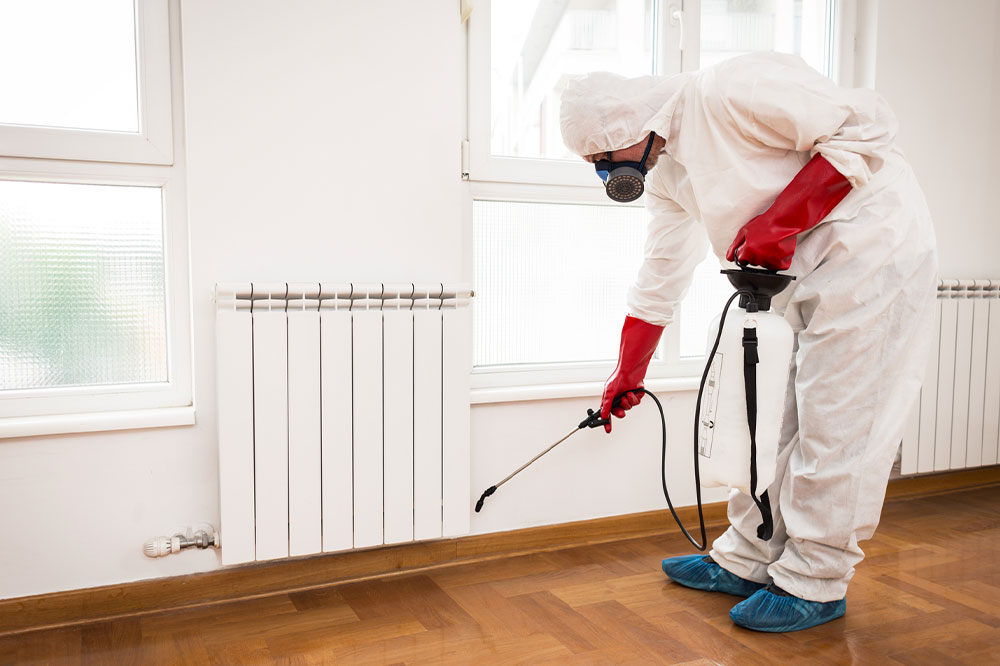5 household items that may cause cancer

While daily tasks have become easier with the invention of products that help keep homes safe and increase efficiency, it is important to know the risks of such seemingly harmless everyday items. While some household products can pose physical harm due to their design, many have been linked with an increased risk of diseases like cancer. One should also lower the risk of being exposed to carcinogens found in daily objects and find safer alternatives.
Scented candles
Many scented candles available today are made with products like petroleum, paraffin, and perfumes. Because of these ingredients, when the candle is lit and the burning process starts, the fragrance one can smell is just harmful chemicals and smoke. These chemicals have carcinogenic properties that are harmful to the body. So, one should check the ingredients in such products and avoid using them too often. One can always choose candles made using soy wax, which is a healthier alternative.
Asbestos roofing and insulation
Asbestos is a group of naturally occurring fibrous minerals known to be resistant to heat and corrosion. Because of these unique properties, asbestos is used extensively, for example, in insulation, fireproofing materials, wallboards, and automotive brakes. The risk here rises when fibers break and can easily be breathed in and get lodged inside the lungs. The material is highly carcinogenic, according to studies. When using asbestos for construction projects, it is important to practice caution and always wear gloves and a face mask.
Browned food
One should avoid cooking foods on high flame, as they may get charred or too brown. Apart from the burnt taste, when cooking something to make it crispy and brown, the food releases a chemical called acrylamide, which is linked with a higher risk of cancer. So, instead of browning the foods completely, one can cook them till they are tan and not dark brown.
Leather chairs
Elegant and comfortable, leather chairs are common furniture pieces in homes. However, tanned leather chairs undergo a dying process that involves scorching the material. This process is carried out using ingredients like chromium salt and arsenic solvents, which are all linked to the increased risk of developing lung cancer. Even dyed wooden sofas go through the same process, so it is crucial to be mindful of such purchases that may be harmful to the body.
PVC shower curtains
Certain studies suggest that polyvinyl chloride is linked with an increased risk of cancer. When PVC reacts with heat or detergents, it releases chemicals that are harmful to the body and the environment. That is why a lot of shower curtains also come with their own cleaning instructions that one must follow to a tee. Nylon shower curtains are considered safer than those made out of PVC.
Besides these household items, one should be cautious while using non-stick cookware as they may contain potentially cancerous properties like PTFE, PFOA, and PFAS. One should pick ceramic pans free from these chemicals to reduce the risk. It is also advisable to avoid cleaning products with ingredients like phthalates.


